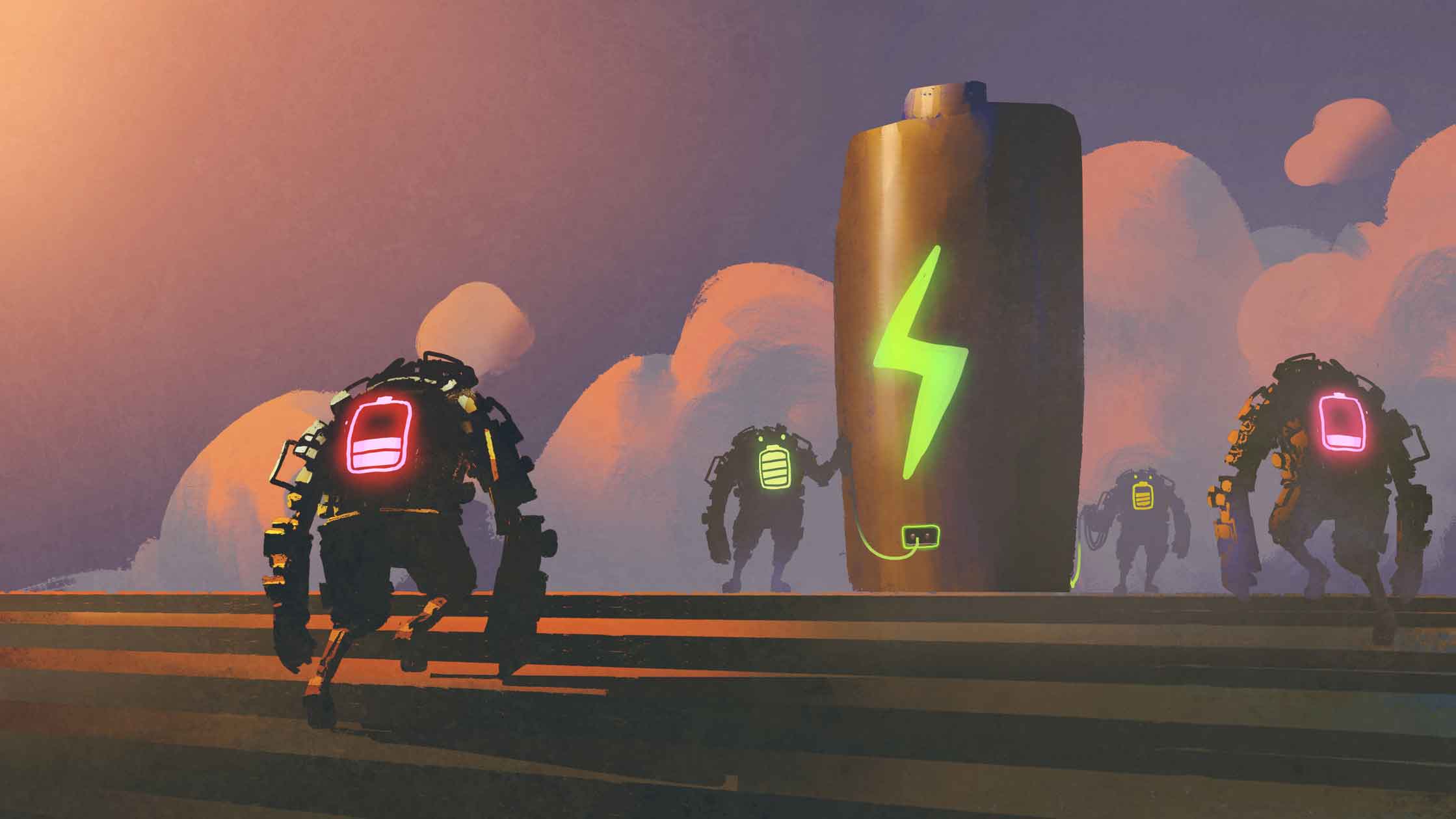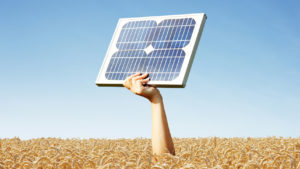This is how Australia’s energy market will evolve over the next 20 years: AEMO

A two decade plan for the energy market could deliver $11bn worth of net benefits if Australia takes the “least regret” transition from coal to a mix of renewable and dispatchable power.
The Australian Energy Market Operator’s (AEMO) 2020 Integrated System Plan (ISP) has outlined a complex future for the National Energy Market (NEM), which covers the East Coast states and Tasmania.
The ISP provides crucial direction for companies involved in the East Coast energy sector, from grid owners like Ausnet (ASX:AST) to wind companies such as Tilt Renewables (ASX:TLT) and energy management services like Bidenergy (ASX:BID).
AEMO predicts coal being phased out almost entirely from the grid. Twenty six gigawatts (GW) of new renewable energy is required to replace the 63 per cent of coal-fired power plants set to retire in the next two decades, it said.
“The ISP analysis confirms that as our coal plants retire, the least-cost transition of the NEM will be to a highly diverse portfolio consisting of distributed energy resources (DER) and variable renewable energy (like wind and solar), supported by multiple dispatchable resources,” AEMO managing director Audrey Zibelman said.
Common examples of DER include rooftop solar PV units, battery storage, thermal energy storage, electric vehicles and chargers, smart meters, and home energy management technologies.
Dispatchable generation — like hydroelectricity and natural gas power plants — refers to sources of electricity that can be used on demand and switched on and off according to market needs.
“To enable the expected rise in renewable energy, the ISP identifies strategic investments in transmission infrastructure and renewable energy zones (REZs), which when coupled with low-cost firming resources, will be the most cost-effective way to add generation capacity and balance variable resources across the NEM.
“In progressing these projects, it is critical that the cost of building transmission lines is tightly managed to ensure consumers derive these benefits.”
The ISP comes two months after the federal government’s technology investment roadmap and the COVID-19 taskforce promoted gas-fired power and to a certain extent coal, as key elements for Australia’s energy future.
This is where Australian energy is headed
Broadly, AEMO sees five areas that will change over the next 20 years and identified 18 transmission projects to support those changes.
In addition to the rise and management of renewable energy versus coal, the market operator identified a range of projects and still nascent themes where the energy market is likely to develop.
- The ISP expects the use of ‘behind the meter’ DER — like home batteries — to double or triple in the next two decades, providing 13-22 per cent of total underlying annual energy consumption.
Australians have been one of the world’s biggest adopters of rooftop solar, which as of June 30 covered 21 per cent of household roofs according to the government, or an estimated 9GW.
- Between 6-19GW of new dispatchable resources will be needed to support rising renewable energy generation.
The ISP anticipates this will be pumped hydro, gas-fired power generation, battery storage, demand response — where energy users are paid to shift their usage to different times of day or stop altogether for a period of time — and DER participating in virtual power plants, which is when rooftop solar owners, for example, are part of a cloud-based system where an entity can automatically shift power generated to where it needs to be rather than rooftop solar acting as individual and unpredictable power generators.
- The NEM will need power system services, which the ISP defines as those which will be able to actively manage issues such as voltage control, system strength, frequency control, inertia and ramping and dispatchability.
These are issues arising from new power generation, and particularly new variable renewable energy generation, entering the grid in locations that haven’t been specifically built to handle that kind of power or haven’t been upgraded yet to do so.
- And finally the transmission grid itself will also need to be upgraded with new interconnectors, such as the new 330 kV double-circuit line between South Australia and NSW expected by 2024-25, new renewable energy zones such as the two proposed in New England in NSW, and firming resources to balance renewable energy.
Related Topics
UNLOCK INSIGHTS
Discover the untold stories of emerging ASX stocks.
Daily news and expert analysis, it's free to subscribe.
By proceeding, you confirm you understand that we handle personal information in accordance with our Privacy Policy.








